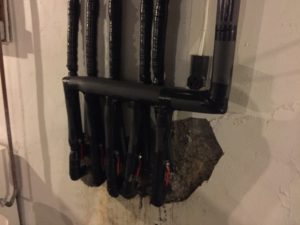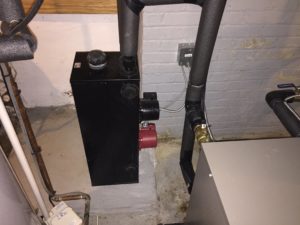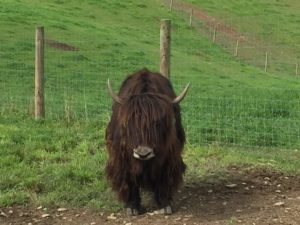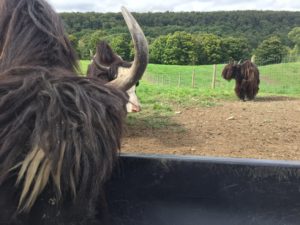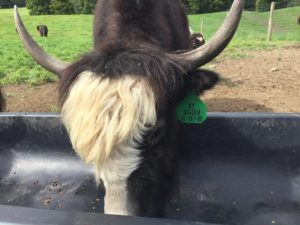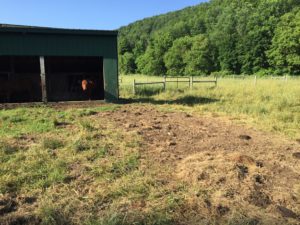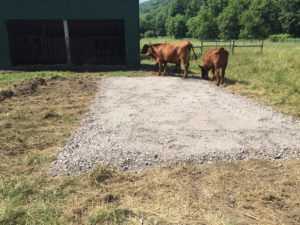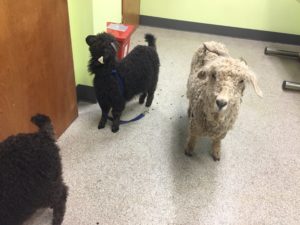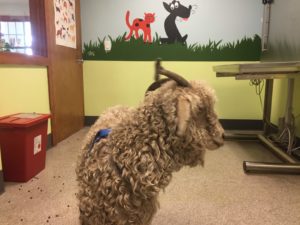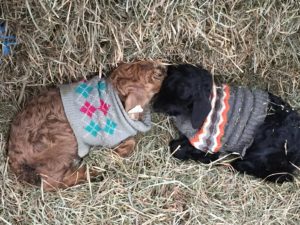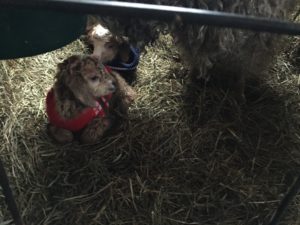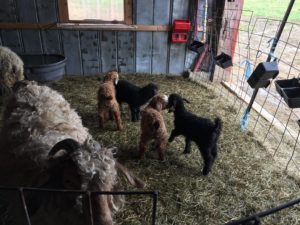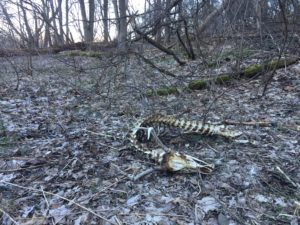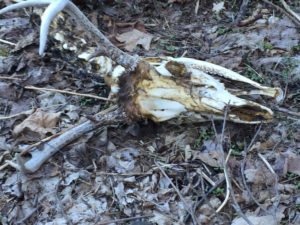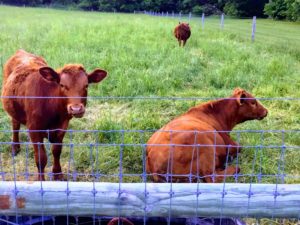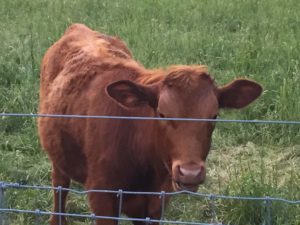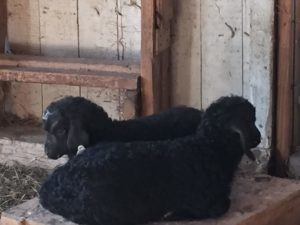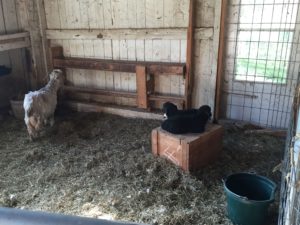As noted last time, 3 of our 4 new hens were missing, presumed dead.
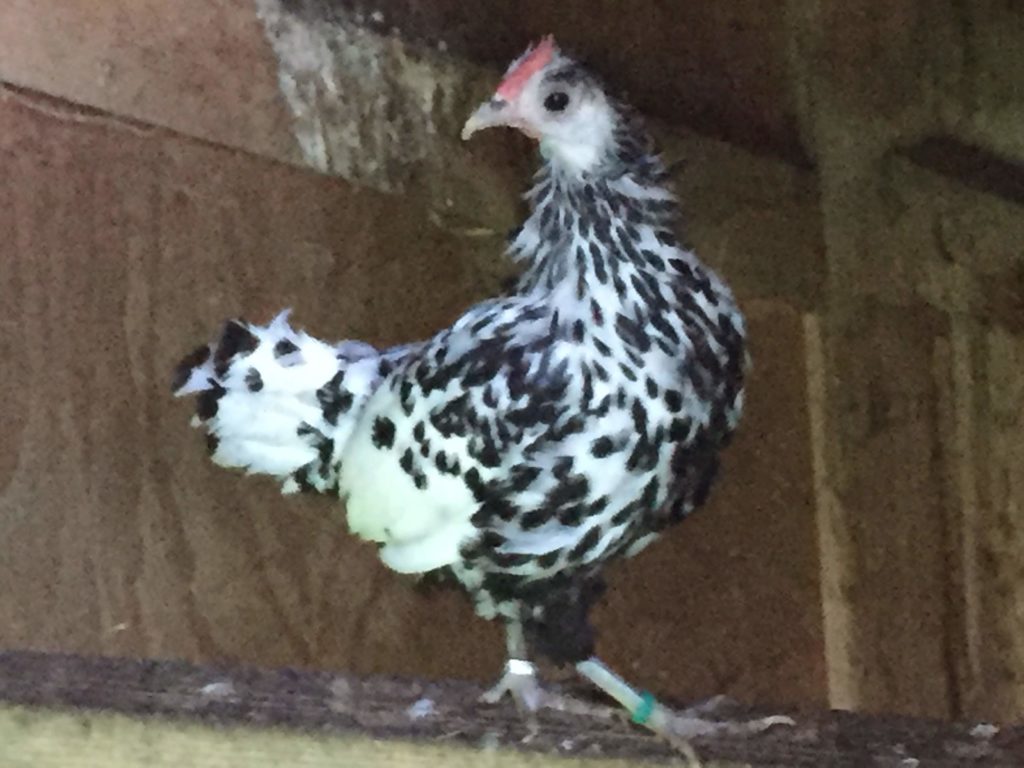
We moved another hen from our flock to the chicken tractor so that the silver-spangled hamburg wouldn’t be alone. We also lined the outside of the chicken tractor with paving stones so nothing could dig right next to side and get underneath. This seemed to work as we saw no indications of any predators for several weeks.
After the quarantine period, we moved the silver-spangled hamburg and the other hen into the main barn so they could safely integrate back into the flock. They were inside a portable dog pen that was lined on the outside with chicken wire with a piece wood over the top. The barn has a concrete floor so the assumption was that nothing could dig underneath the pen.
Continue reading


